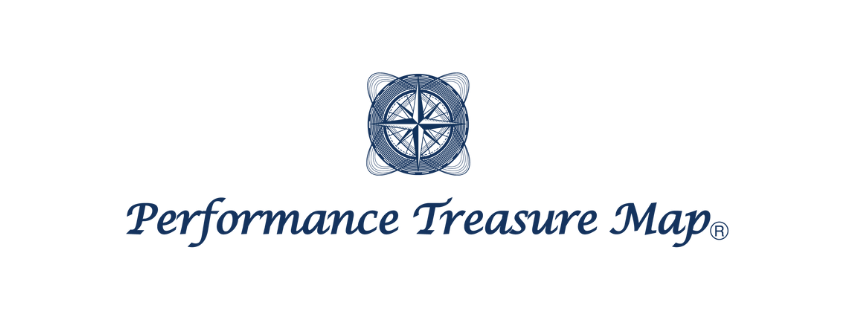Thank you for visiting my blog!
In this blog, I will introduce the “Strength Training” that is linked to sprinting and jumping power in the Original K-Map. To perform strength training effectively, Corrective & Preparation Exercises are indispensable. However, it is “Strength Training” that is more directly connected to sprinting and jumping, which are closer to competition movements.
For more information on Corrective & Preparation Exercises, click here!
The purpose of this blog is to help you gain a deeper understanding of each exercise by explaining not only the goals, procedures, and key points of each exercise but also the following:
- The fundamental principles behind the exercises
- How the exercises link to performance (treasure)
This time, I will introduce the “Front Squat.”
The Front Squat in K-Map’s Squat
In the Original K-Map’s squat section, the front squat is listed as a classic exercise.
In K-Map, the front squat provides insight into what can be gained and what is necessary to perform it.
Front Squat
In the front squat, you place the barbell on the front of your shoulders and perform the squat movement.
As a result, you perform the movement with an upright torso, which shortens the hip joint’s moment arm.
This means the exercise recruits the muscles around the knee joint more!
Achievable Gains
✔︎ Acquiring the clean (catch) position
✔︎ Movement along the center of gravity line (plumb line)
✔︎ Lower body muscle activation with thoracic extension
✔︎ Maintaining pelvic neutrality by controlling intra-abdominal pressure
Procedure
- Grip the barbell in front of your shoulders.
- Place the bar on your anterior deltoids.
- At this point, ensure your elbows are pushed forward, extending your thoracic spine.
- Your feet should be shoulder-width apart with toes pointing outward at about 30 degrees.
- Once in this position, lift the bar from the rack.
- Step back and align the center of your feet with the bar’s vertical line to balance.
- Slowly inhale and squat down.
- Maintain the thoracic extension and stabilize your spine.
- Open your knees slightly outward, ensuring they point in the same direction as your toes.
- Lower yourself until your thighs are parallel to the floor or lower.
- Hold your breath and powerfully lift yourself back up.
- Keep your gaze straight ahead, chin tucked, focusing on a point about 1.5 meters in front of you.
Key Points
The front squat differs significantly from the back squat due to the change in bar position, which alters the movement. It is important to understand the unique characteristics of the front squat when selecting it as an exercise!

It’s important to clearly understand the reasons for choosing the front squat!
Conclusion
Even those who can lift heavy weights with the back squat may find the front squat challenging. This is because the necessary components are different.
For athletes, the goal is not simply to lift heavier weights but to become faster, stronger, and jump higher.
The front squat includes crucial elements that are not present in the back squat.

It’s important to align the specific characteristics of your sport with the specific characteristics of your training exercises!

This post is also available in ja.



